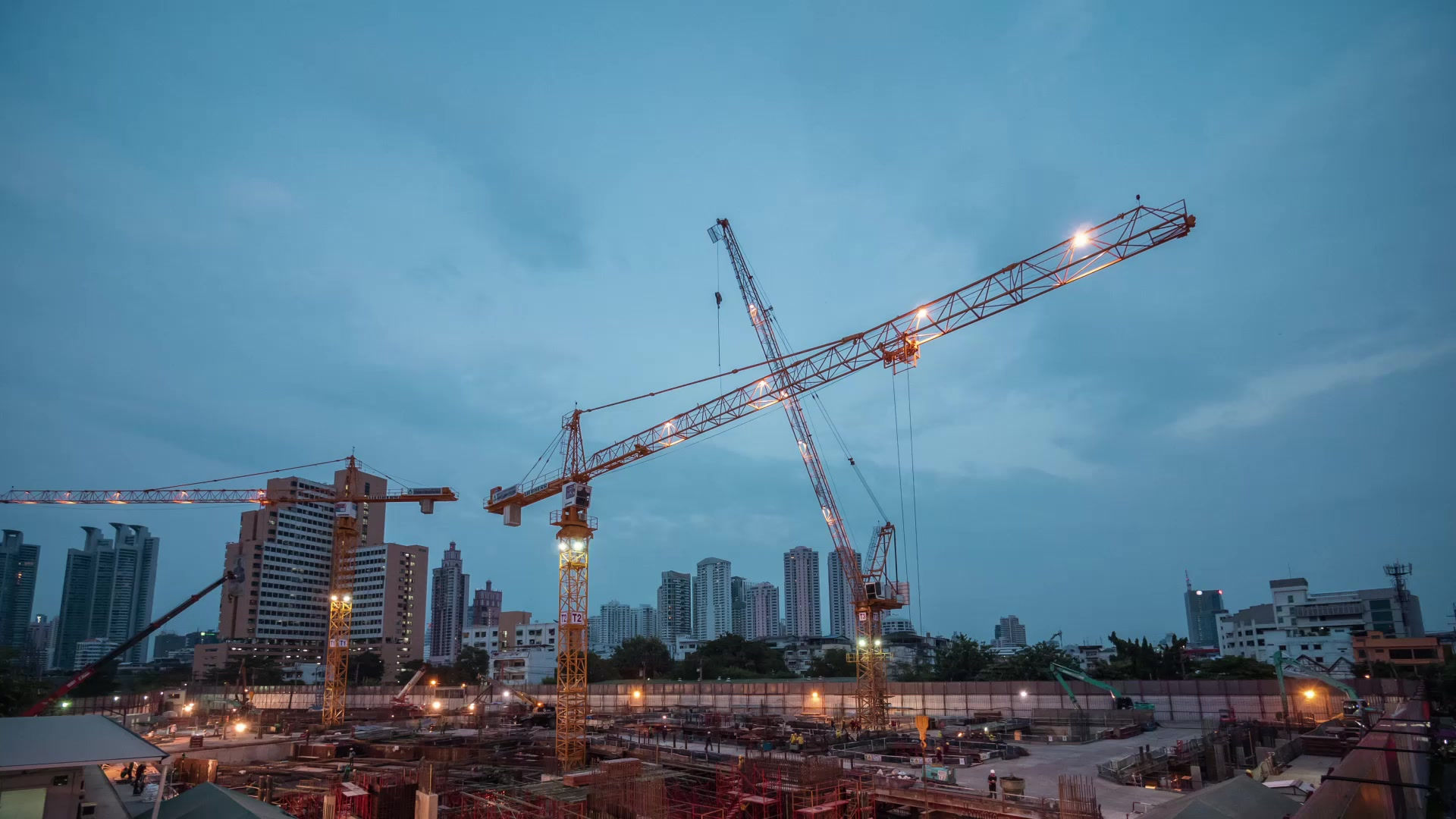Concrete Air Entrainment
- cissi72
- Mar 4, 2023
- 1 min read
Concrete air entrainment is the process of intentionally adding microscopic air bubbles to concrete during the mixing process. Air entrainment is achieved by adding air-entraining agents to the concrete mix, which create small, evenly distributed air bubbles in the concrete. The purpose of air entrainment is to improve the durability and freeze-thaw resistance of the concrete. When water freezes, it expands and can cause the concrete to crack or spall. By adding air to the concrete, the expansion of the water during freezing is accommodated by the air voids, which prevents the formation of large internal stresses and helps to prevent cracking and damage. Air entrainment can also improve the workability and finishing of the concrete, by improving the plasticity and cohesion of the mix. In addition, air entrainment can improve the resistance of concrete to the action of aggressive agents such as acids and sulfates. The amount of air entrainment required will depend on the specific application and the local climate. In general, the air content of concrete is typically between 5 and 8 percent by volume. It is important to carefully control the amount of air entrainment to ensure that the concrete meets the required performance and durability requirements. This can be achieved through careful mix design, testing, and quality control measures.


Comments